Burnt Clutch: What It Means and How to Fix It
If you’ve ever noticed a strong, burnt smell when you press the clutch pedal, you’ve probably got a burnt clutch. That smell is a warning sign that the clutch disc is overheating and the friction material is starting to break down. Ignoring it can lead to a complete clutch failure, leaving you stuck in neutral or with a jerky gear shift.
How to Spot a Burnt Clutch
First, trust your nose. A hot, rubber‑like odor that gets stronger when you engage the clutch is the classic clue. You’ll also feel the clutch pedal getting soft or spongy. When you try to change gears, the car might grind or the gear won’t engage at all. Those symptoms together mean the clutch is slipping and the friction material is wearing out.
Another tell‑tale sign is a rise in engine revs without a corresponding jump in speed. That’s the engine working harder because the clutch can’t transfer power effectively. If you notice any of these signs, it’s time to act before the problem gets worse.
Why Clutches Burn
Most burnt clutches happen because of rider error or wear. Riding the clutch – keeping your foot on the pedal while driving – creates constant friction and heat. Heavy traffic stop‑and‑go driving can also push the clutch past its limits, especially on hills.
Other causes include a misadjusted clutch, a broken release bearing, or a faulty hydraulic system. When the hydraulic fluid is low or the master cylinder leaks, the clutch can’t fully disengage, which adds extra heat. In a few cases, a new clutch that’s not broken in correctly can burn out faster.
Age plays a part too. After 60,000 to 100,000 miles, most clutches start to show wear. If you haven’t had it checked in a while, the friction material might be thin enough that normal driving pushes it over the edge.
What to Do When You Have a Burnt Clutch
The first step is to stop driving the car if the clutch feels completely dead or the gear won’t shift. Driving with a burnt clutch can damage the flywheel, the pressure plate, or even the transmission.
Take the car to a trusted garage – like Northwich Tyres Centre – for a proper inspection. The technician will check the clutch disc, pressure plate, release bearing, and flywheel for heat damage. If the disc is badly burnt, it will need to be replaced.
In many cases, the entire clutch kit (disc, pressure plate, release bearing) is swapped out together. This ensures all parts work in sync and prevents a repeat failure. Labor costs vary, but a typical clutch replacement in the UK runs between £300 and £600, depending on the model.
If the flywheel is warped from the heat, it may need resurfacing or a full replacement. Skipping this step can cause the new clutch to burn out again.
How to Prevent a Burnt Clutch
Give your clutch a break. Use the pedal only when you need to change gears, and avoid holding it down while you’re stopped. In traffic, try to shift to neutral and use the handbrake instead of riding the clutch.
Keep the hydraulic system in good shape. Check the clutch fluid regularly and replace it according to the manufacturer’s schedule. A well‑filled system lets the clutch disengage fully and reduces heat build‑up.
Finally, listen to your car. If you hear any grinding, feel a soft pedal, or notice the burnt smell, get it checked right away. Early fixes are cheaper and keep you safe on the road.
Bottom line: a burnt clutch is a clear sign that something’s wrong with the friction material. Spot the signs early, get a professional inspection, and follow good driving habits to avoid costly repairs.
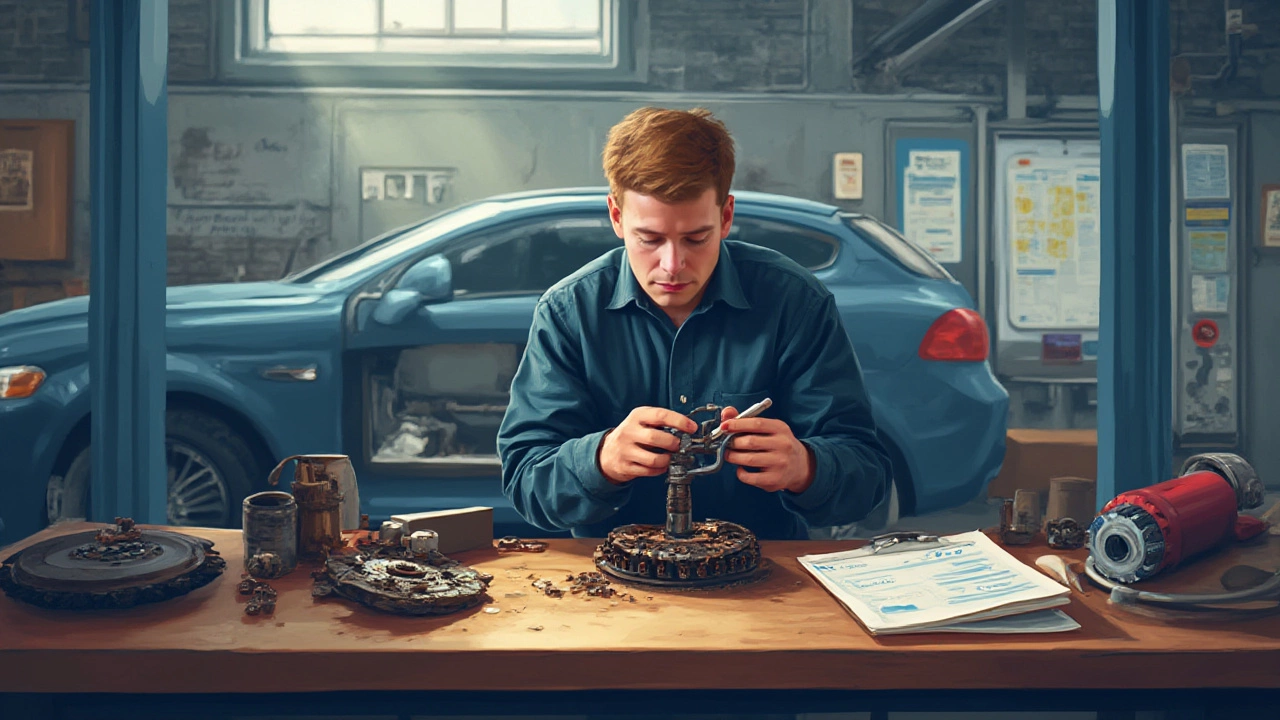 13 July 2025
13 July 2025
Clutch Replacement Costs: Real Prices, Causes, and Savings Tips
Wondering how much it costs to fix a burnt clutch? Explore real repair prices, why clutches burn out, and smart ways to save money next time.


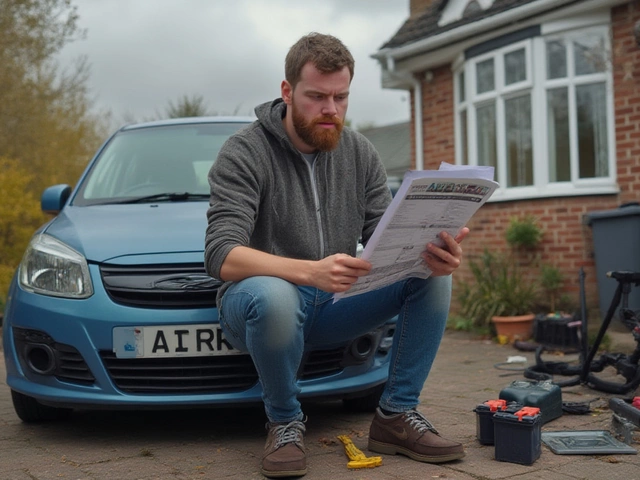
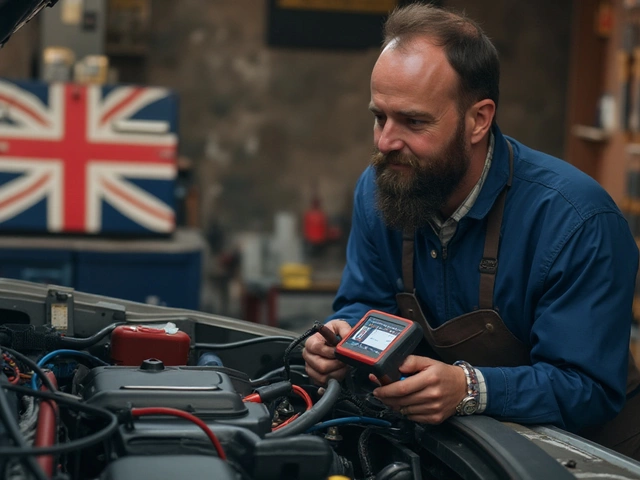
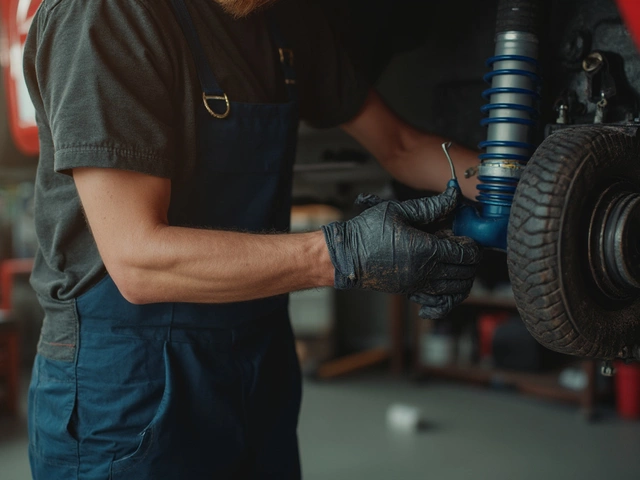
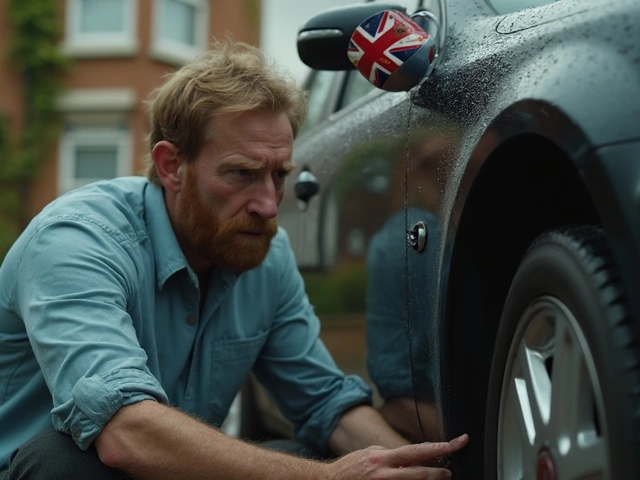
0